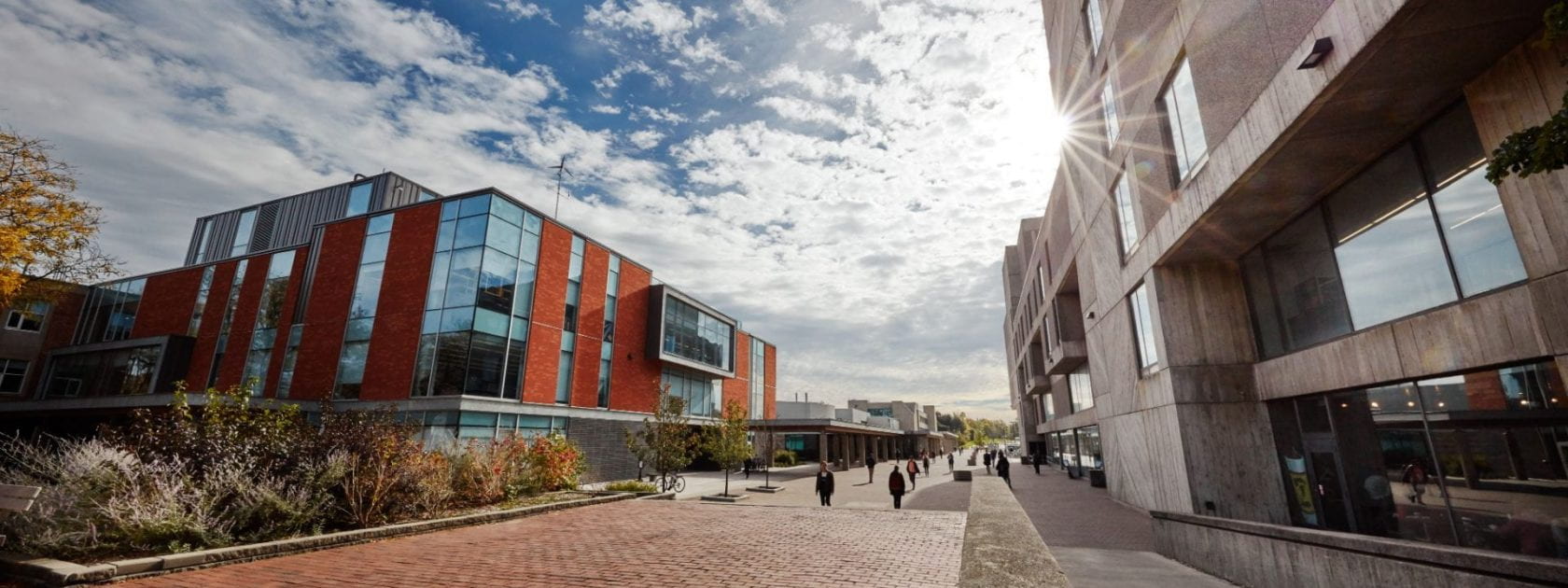
Can we ‘rejuvenate’ the effects of an antibiotic on resistant organisms?
By Marilyn Sheen
Dr. Georgina Cox at the Department of Molecular and Cellular Biology is working on a quintessential One Health enigma: antimicrobial resistance. But, instead of targeting the growth of infectious organisms like most antibiotics, Cox is using a different strategy – one that disarms the bugs, making them less infectious.
The key to killing stubborn bacteria may be found in the word ‘infection’. Focusing on reducing bacteria’s ability to invade or infect our bodies, rather than solely aiming to inhibit growth—as is the case with traditional antibiotics—could decrease the evolution and rate of resistance.
“We’re also using biochemical and biophysical approaches to unravel the molecular basis of resistant organisms,” says Cox, “and in doing so, we may also be able to develop strategies to inhibit resistance, so that you can essentially rejuvenate the activity of antibiotics on resistant organisms.”
Today’s antibiotics focus on combatting growth of microorganisms; like inhibiting their ability to build cell walls, important proteins, or DNA. A limitation of this strategy is that it creates selective pressure. Essentially, selective pressure occurs when some members of a species are better at surviving and reproducing than others – and the good-at-surviving individuals live to reproduce and contribute to the next generation, while the not-so-good-at-surviving individuals, i.e., the ones that are killed by antibiotics, are lost and do not reproduce.
So, by creating and heavily using antibiotics that are effective at killing most bacteria, we’re allowing the resistant ones to survive and flourish (big-time).
One team in Cox’s lab is working on understanding the virulence of a major human pathogen that exhibits resistance: Staphylococcus aureus. S. aureus is among the most dangerous of all the common staphylococcal bacteria, often causing skin infections and – on the more severe end – can lead to pneumonia and heart valve and bone infections.
The team in Cox’s lab studying this pathogen, aka Team Staph, is funded by the Canadian Institute of Health Research (CIHR). They are analyzing the adhesion strategies of S. aureus. In other words, they’re looking at how the bacteria stick to the skin and tissues of the host to gain entry into the body. Getting to the bottom of this process may grant the researchers with an alternative pathway to prevent or treat Staph infections.
“We’re aiming to make the bacteria less able to infect” says Cox, “with the hopes that our immune systems will be able to better clear these infections.”
While Team Staph is working away analyzing S. aureus, another team in Cox’s lab has received funding from the Natural Sciences and Engineering Research Council (NSERC) to analyze the mechanisms that ‘Gram-negative’, or ‘intrinsically resistant’ bacteria use to fend off antibiotics – efflux pumps.
Efflux pumps are proteins on the outer membrane of Gram-negative bacteria that pump out antibiotics – allowing the bacteria to continue growing, unbothered, even when their host is being treated with antibiotics. This makes Gram-negative bacterial infections hard to treat.
Cox knows that learning more about efflux pumps – including how they work and how many kinds there are – will tell us a lot about intrinsically resistant bacteria and how to fight them.
Cox’s lab has recently made a significant discovery about the efflux pumps of Escherichia coli (E. coli), a Gram-negative bacterium that normally resides in the intestine of healthy people. Although E. coli is normally found in the body, some strains can cause severe infection in the digestive or urinary tracts, or many other parts of the body. Although there are many E. coli strains, most have the same efflux pumps. This means that the pumps evolved a long time ago; way before antibiotics were ever created for clinical use. The pumps must therefore serve a physiological purpose that doesn’t have anything to do with fighting antibiotics in modern day medicine.
Cox recognizes that the problem of antimicrobial resistance is one that affects human, animal, and environmental health – and the presence of antibiotics in each of those domains contributes to resistance in the others.
“For example, there’s a lot of evidence to support the correlation between extensive use of antibiotics as growth promotors and the increased emergence of antibiotic resistance in agriculture,” Says Cox, “and this resistance crosses over to environmental contamination and vice versa, and the same with human use of antibiotics.”
Cox says that when we’re talking about antibiotic stewardship practices in humans, we’re also talking about it in animals and its impact on the environment. She remarks that being involved with the One Health community at UofG has pushed her to consider her expertise and background knowledge in many different contexts and has helped to broaden her knowledge base on antimicrobial resistance.



